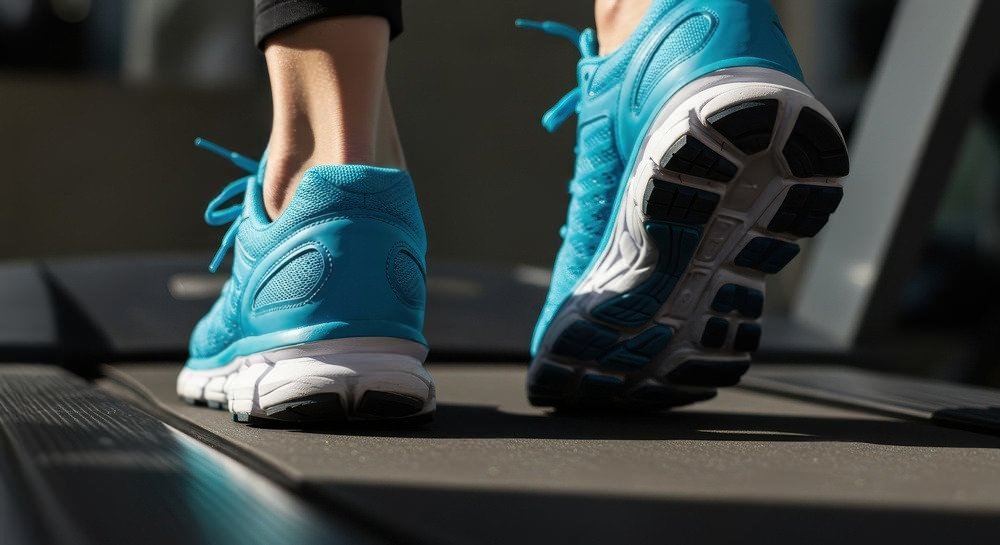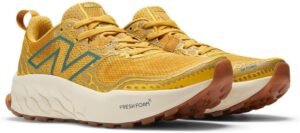Have you ever felt overwhelmed by the choices available when it comes to buying running shoes? You’re definitely not alone! With so many brands, styles, and technologies, finding the perfect pair can feel like a daunting task. Running shoes are crucial for your comfort and performance, so let’s make this process easier.
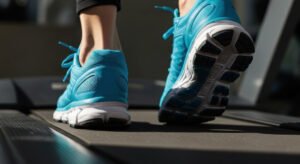
Table of Contents
ToggleUnderstanding Your Foot Type
Before you even think about styles and colors, it’s essential to understand your foot type. Your foot structure affects how you run and, consequently, the kind of shoe that best supports you.
Determine Your Arch Type
Your arch type (high, medium, or flat) largely influences your shoe choice. Here’s how you can determine your arch type:
| Arch Type | Description |
|---|---|
| High | Your foot has a pronounced arch. |
| Medium | Your foot has a normal arch height. |
| Flat | Your foot has minimal or no arch. |
To find out your arch type, you can try the wet test. Wet your foot and step onto a piece of paper. The imprint left behind will give you an idea of your arch type.
Overpronation vs. Underpronation
Knowing whether you overpronate or underpronate is critical. Here’s what you need to know:
- Overpronation: Your foot rolls inward excessively. Look for shoes that provide stability and motion control.
- Underpronation (Supination): Your foot rolls outward. Cushioned shoes with ample support are your best bet.
Understanding these factors will help you narrow down your options significantly.
Buy the Best running shoes for women 2025 from Amazon
The Importance of the Right Fit
Once you have an idea of your foot type, the next step is ensuring the right fit. The fit of your shoes can impact your comfort and performance on the track or trail.
Measuring Your Feet
It’s not enough just to know your shoe size from your last pair. Measuring your feet is crucial since sizes can vary between brands. Here’s how to do it accurately:
- Stand on paper: Place a piece of paper on the floor and stand on it.
- Trace your foot: Use a pencil to trace around your foot.
- Measure the length: Measure from the heel to the tip of your longest toe.
Keep in mind that it’s normal for one foot to be slightly larger than the other. Always buy running shoes based on the larger foot.
Check the Width
Different manufacturers have varying width designs, which can affect how the shoe fits. Here’s a simple width chart:
| Width | Description |
|---|---|
| B | Standard women’s width |
| D | Standard men’s width |
| 2E | Wide for men |
| 4E | Extra wide for men |
When trying on shoes, you should have enough room (around a thumb’s width) at the toe box to prevent your toes from hitting the front of the shoe, especially during descents.
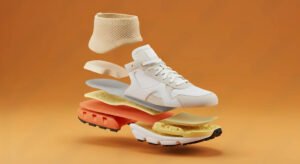
Pay Attention to Cushioning and Support
Comfort is a pivotal factor when selecting running shoes, and the amount of cushioning can make a significant difference in your running experience.
Different Cushioning Options
Cushioning in running shoes can vary widely. Here are a few options to consider:
| Cushioning Type | Provides |
|---|---|
| Maximum Cushioning | Excellent shock absorption; great for long distances. |
| Moderate Cushioning | A balance of comfort and responsiveness. |
| Minimal Cushioning | Lightweight and great for a natural running feel. |
Choosing the appropriate amount of cushioning depends on your running style. If you enjoy running longer distances or on hard surfaces, a greater level of cushioning would likely serve you well.
Stability and Motion Control
If you have issues with overpronation, look for shoes that offer stability or motion control. These shoes guide your foot, helping it maintain a natural alignment.
| Shoe Type | Suitable For |
|---|---|
| Neutral Shoes | For runners with a neutral foot strike. |
| Stability Shoes | Ideal for mild overpronators. |
| Motion Control Shoes | Best for moderate to severe overpronators. |
If your foot strike is neutral, you can focus on neutral shoes with good cushioning.
Trying Before You Buy
Shopping online is convenient, but when it comes to running shoes, nothing beats trying them on in person.
Put Them to the Test
When you’re in the store, keep these tips in mind:
- Wear Appropriate Socks: Bring the socks you typically use for running. This will give you a more accurate fit.
- Walk and Jog: Take a short jog around the store. Pay attention to how your feet feel.
- Test the Toe Box: Make sure there’s enough room to wiggle your toes without feeling cramped.
Time of Day Matters
Foot size can fluctuate throughout the day. Try visiting the store later in the day when your feet may be slightly swollen. This can help you avoid purchasing shoes that will feel restrictive after a run.
Consider Your Running Terrain
Understanding where you plan to do the most running can further help you pinpoint the best shoe type for your needs.
Road vs. Trail Running Shoes
The type of running shoes you require can differ significantly based on the surface you’ll be running on.
| Shoe Type | Terrain Type |
|---|---|
| Road Running Shoes | Smooth, paved surfaces |
| Trail Running Shoes | Off-road, uneven terrain |
Road running shoes are typically lighter and have a flatter outsole for better traction on smooth surfaces, whereas trail running shoes offer more grip and protection for rocky or uneven trails.
Weather Considerations
Lastly, don’t forget the weather conditions. If you tend to run in wet or snowy conditions, look for shoes that offer additional traction and weatherproofing.
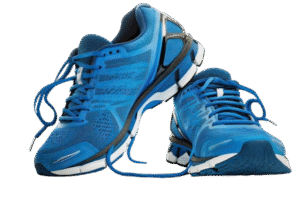
Buy the Best Running Shoes for Men 2025 from Amazon
Budgeting for Your Running Shoes
While it’s tempting to grab the cheapest option, investing in quality running shoes is essential.
Understand the Cost
Running shoes can vary widely in price. Here’s a basic guide:
| Price Range | Typical Features |
|---|---|
| Under $100 | Basic support and cushioning |
| $100 – $150 | Mid-range quality with better materials |
| Above $150 | High-end shoes with advanced technology |
Think about how often you’ll be running. If you’re planning on logging a lot of miles, it may be wise to invest more upfront to save on injuries or premature wear.
Know When to Replace Your Running Shoes
Even the best running shoes have a shelf life. Knowing when to replace them is key to maintaining your performance and comfort.
Signs You Need New Shoes
Keep an eye out for these indicators:
- Visible Wear and Tear: Check the outsole for signs of wear, especially in areas that show heavy usage.
- Loss of Cushioning: If you feel every step or experience discomfort, it might be time for a replacement.
- Mileage: As a general rule, running shoes should be replaced every 300-500 miles, but this can vary based on your running style and the shoe type.
Keeping Track of Mileage
Consider keeping a log of your workouts to track how many miles you’ve logged in each pair.
Conclusion
Buying the right running shoes doesn’t have to be a stressful experience. By understanding your foot type, ensuring the perfect fit, checking for proper cushioning and support, and considering terrain, you’ll be well on your way to finding shoes that feel great and enhance your running experience. And remember—it’s always worth investing time and resources into the right pair. Happy running!

